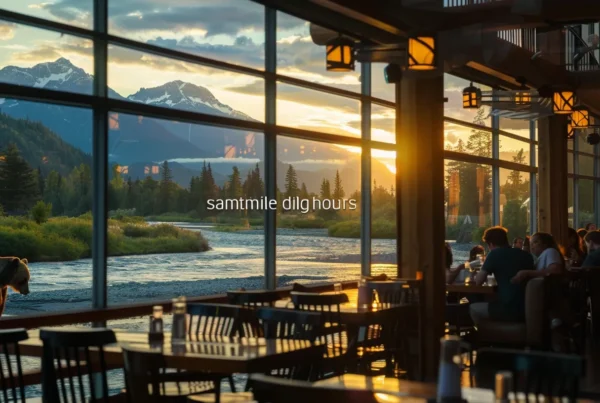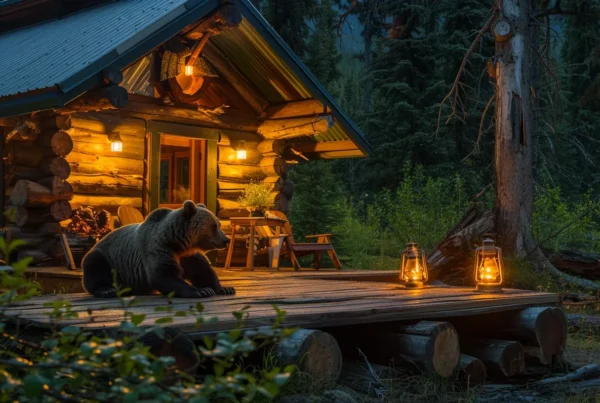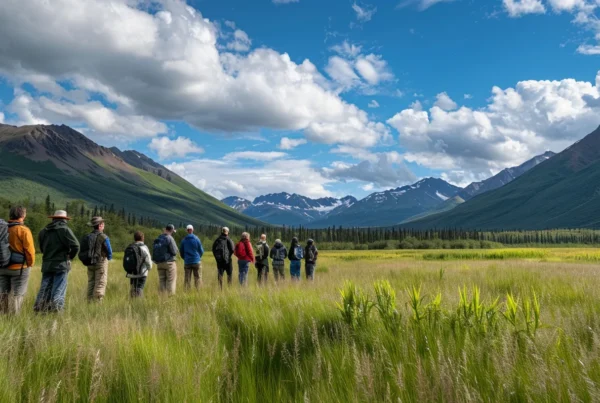
Alaska Bear Viewing Calendar for Optimal Sightings
Many travelers wonder when is the best time to see bears in Alaska. This guide provides a detailed Alaska Bear Viewing Calendar, breaking down the optimal months for sightings, key factors affecting visibility, and the top locations for observing these magnificent creatures. Readers will gain valuable insights into planning their trips, ensuring a safe and memorable experience while enjoying the stunning wildlife. By addressing common challenges in bear viewing, this article aims to help enthusiasts maximize their chances of witnessing Alaska’s bears in their natural habitat.
Key Takeaways
- Understanding bear seasons in Alaska enhances chances for optimal viewing experiences
- Timing trips around the salmon run significantly improves opportunities for sightings
- Popular locations like Katmai and Brooks Falls are prime for bear viewing activities
- Knowledge of bear behavior and safety is essential for a rewarding experience
- Proper gear and photography techniques enhance the overall enjoyment of the adventure
Understanding the Alaska Bear Viewing Calendar
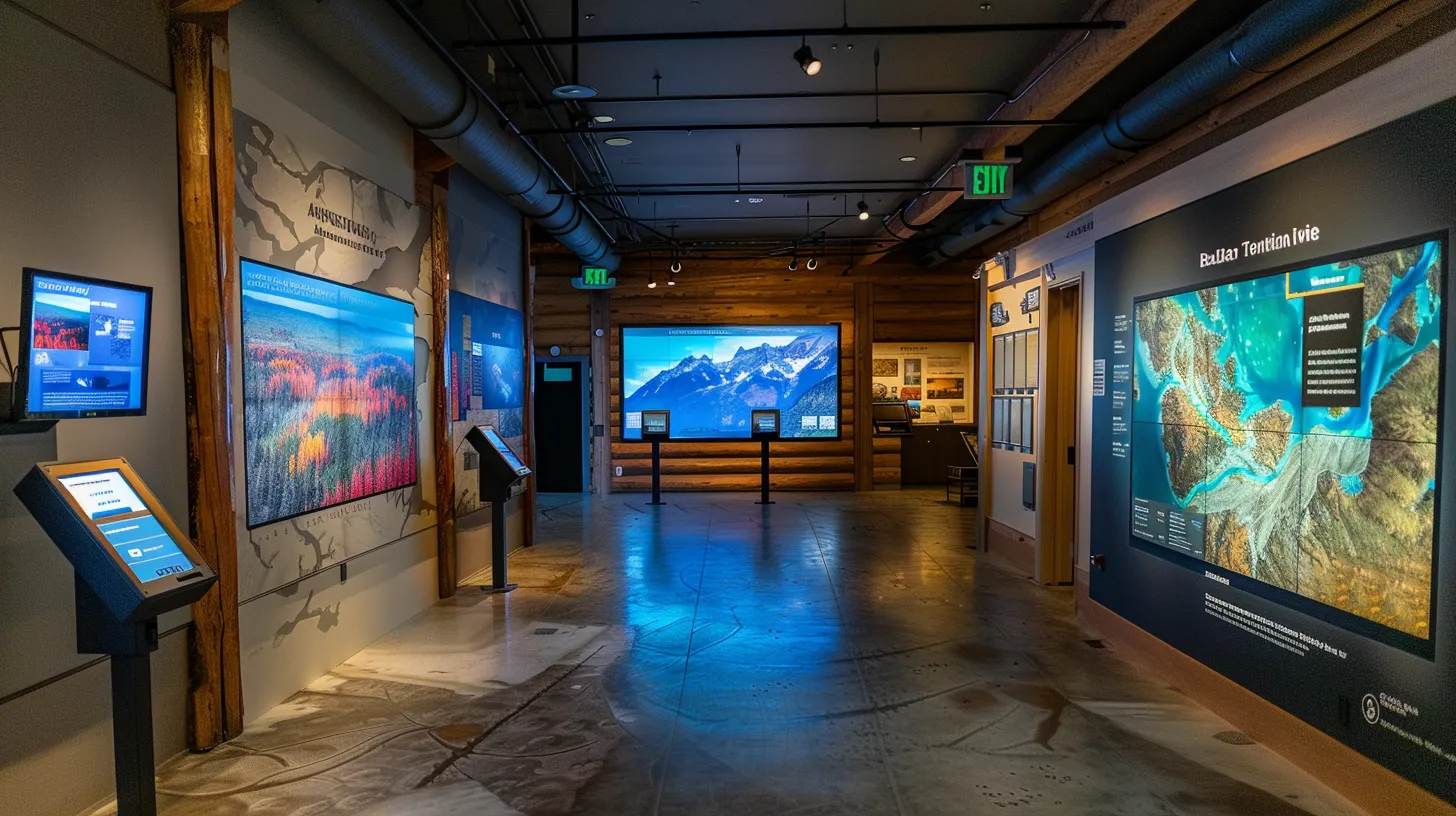
Understanding the bear seasons in Alaska is vital for optimal sightings for bear watching alaska. Key species such as grizzly bears inhabit various regions like Denali, influencing viewing opportunities. Timing is crucial, as different habitats exhibit unique bear behaviors throughout the year. The following sections will explore seasonal activities and specific locations, including seaplane access for enhanced experiences.
Overview of Bear Seasons in Alaska
The bear seasons in Alaska provide thrilling opportunities for viewing these magnificent creatures in their natural habitats. Spring marks the awakening of grizzly bears from hibernation, primarily in areas like Bristol Bay and the backcountry regions, where food sources begin to emerge. As summer unfolds, bears congregate near rivers and coastal regions, including Homer, to catch salmon, creating prime viewing conditions. In the fall, they focus on feeding in preparation for winter, offering a last chance for sightings amid the vast wilderness before they retreat into hibernation.
Importance of Timing for Optimal Sightings
Timing plays a critical role in bear watching in Alaska, particularly during the salmon run, when bears gather in large numbers to feed along rivers and coastal areas. Southeast Alaska offers excellent opportunities for sightings, as these regions become hotspots for activity during peak feeding periods. Tourists planning their trips around the salmon run can increase their chances of observing Kodiak bears, especially when visiting popular locations accessed by cruise ships, while also being mindful of potential cancellations that might occur due to weather conditions.
- Spring: Grizzly bears emerge from hibernation as food sources begin to appear.
- Summer: Bears gather near rivers and coasts during the salmon run.
- Fall: Focus shifts to feeding to prepare for winter hibernation.
The Alaska bear viewing calendar offers insight into peak times for observation. Next, a monthly breakdown reveals when to witness these majestic creatures at their most active.
Monthly Breakdown of Best Viewing Times

The bear viewing calendar in Alaska unfolds month by month, offering unique opportunities for enthusiasts. In January and February, brown bears remain in hibernation, while March and April reveal early signs of activity as they awaken. May marks their full emergence, leading into June, when peak viewing season commences. July presents a culmination of bear activity, followed by late summer opportunities in August. Finally, September and October showcase preparations for winter at locations like Brooks Falls and Lake Clark National Park and Preserve, enhancing photography experiences along the coast.
January and February: Hibernation Insights
During January and February, bear watching in Alaska is limited, as most bears remain in hibernation, conserving energy until spring. While the chances of spotting them are low, this period offers a unique opportunity to explore the breathtaking landscapes of Alaska, such as glaciers and lakes like Lake Clark, where one might encounter other wildlife, including moose. Enthusiasts can engage in activities like clam digging along the coast, building anticipation for the vibrant bear seasons that follow as the climate warms and bears emerge from their winter slumber.
March to April: Early Signs of Activity
In March and April, signs of bear activity begin to emerge as the landscape transitions into spring. Bears start to awaken from hibernation, seeking out spawning salmon along the rivers, which are crucial food sources. Locations like Brooks Camp provide excellent opportunities for viewers, especially for those arriving by ship, as they witness these magnificent animals preparing for the summer feeding frenzy while enjoying the stunning backdrop of lakes and mountains.
May: The Awakening of the Bears
May marks a pivotal time in the cycle of bear activity as grizzly bears fully awaken from hibernation, signaling the beginning of the summer season. During this month, bears emerge to search for food sources that become abundant, including lush vegetation and early salmon runs. Enthusiasts have the option to explore these fascinating creatures from a floatplane, providing a unique vantage point to observe their natural behaviors in areas like Katmai National Park, where sightings are particularly rewarding.
June: Peak Viewing Season Begins
June marks the commencement of peak viewing season for bears in Alaska, as these majestic animals are drawn to abundant food sources amid lush landscapes. During this month, grizzly bears and brown bears are often spotted near rivers and coastal areas, particularly where salmon begins to run. For bear viewing enthusiasts, this is an ideal time to secure guided tours or charter flights to gain access to prime locations, such as Katmai National Park, where the opportunities to observe bears feeding are significantly heightened.
July: A Culmination of Activity
July represents a peak period for bear activity in Alaska, as grizzly and brown bears actively seek food sources to fuel their growth before hibernation. During this month, numerous bears congregate around rivers and coastal areas, particularly in regions like Katmai National Park, where the salmon run intensifies. For bear watchers, guided tours or charter flights can enhance viewing experiences, offering closer encounters with these spectacular animals during their most dynamic feeding periods.
August: Opportunities for Late Summer Sightings
August offers excellent opportunities for late summer sightings of bears in Alaska, as these creatures continue to forage for food in preparation for the impending hibernation period. Locations such as Brooks Falls witness significant bear activity, with grizzly bears displaying their fishing skills as they catch salmon. For visitors seeking unforgettable experiences, guided tours during this time can provide direct access to prime viewing spots, where they can observe bears in their natural habitat during the final stages of the summer season:
September and October: Preparing for Winter
September and October serve as critical months for bear activity in Alaska, as these majestic animals prepare for winter hibernation. During this time, bears focus on building their fat reserves by foraging extensively in regions such as Lake Clark National Park. Visitors have the opportunity to witness impressive feeding behaviors, observing grizzly bears as they consume salmon and other food sources to sustain themselves through the colder months:
Understanding when to watch bears enhances the experience but knowing what affects their appearance adds depth to the adventure. Factors like season, weather, and food availability play crucial roles in spotting these magnificent creatures.
Factors Influencing Bear Visibility

Weather conditions significantly influence bear visibility, impacting both the likelihood of sightings and bear behaviors. Understanding how these factors interact with geographic locations is essential for optimal viewing experiences. This section will detail how weather variations affect bear patterns and highlight the best locations for sightings, providing valuable insights for enthusiasts planning their bear-watching trips in Alaska.
Weather Conditions and Their Impact
Weather plays a significant role in bear visibility throughout Alaska, influencing both the timing and behavior of these magnificent animals. Overcast days may provide better opportunities for sightings as bears tend to be more active when temperatures are moderate, while clear, sunny days might lead them to retreat to shaded areas for rest. Furthermore, understanding local climatic patterns can enhance viewing experiences, as planning trips around weather forecasts increases the likelihood of observing bears engaging in their natural feeding behaviors during peak activity times.
Bear Behavior Patterns
Bear behavior patterns are influenced by various factors, including seasonal changes, food availability, and environmental conditions. As bears emerge from hibernation in spring, their primary focus shifts to foraging for food to replenish energy reserves. During the summer months, bear activity peaks, particularly near salmon runs where they can be observed actively fishing, making this the prime time for bear viewing in locations such as Katmai National Park. Understanding these behavioral patterns allows wildlife enthusiasts to plan their visits accordingly, ensuring higher chances of witnessing these magnificent animals in their natural habitat.
Geographic Locations for Sightings
Geographic locations play a significant role in bear visibility during the viewing season in Alaska. Prime areas such as Katmai National Park and Brooks Falls offer optimal conditions for observing grizzly and brown bears, particularly during the salmon runs. Both locations provide easy access for tourists and wildlife enthusiasts, ensuring ample opportunities to witness bears in their natural habitats engaging in vital behaviors, such as fishing. This strategic selection of viewing areas not only enhances the likelihood of sightings but also enriches the overall experience for visitors seeking to connect with Alaska’s wildlife.
Knowing what affects bear visibility is vital for any wildlife enthusiast. Now, it’s time to pinpoint the best places to witness these magnificent creatures as the seasons change.
Ideal Locations for Bear Viewing Based on the Calendar
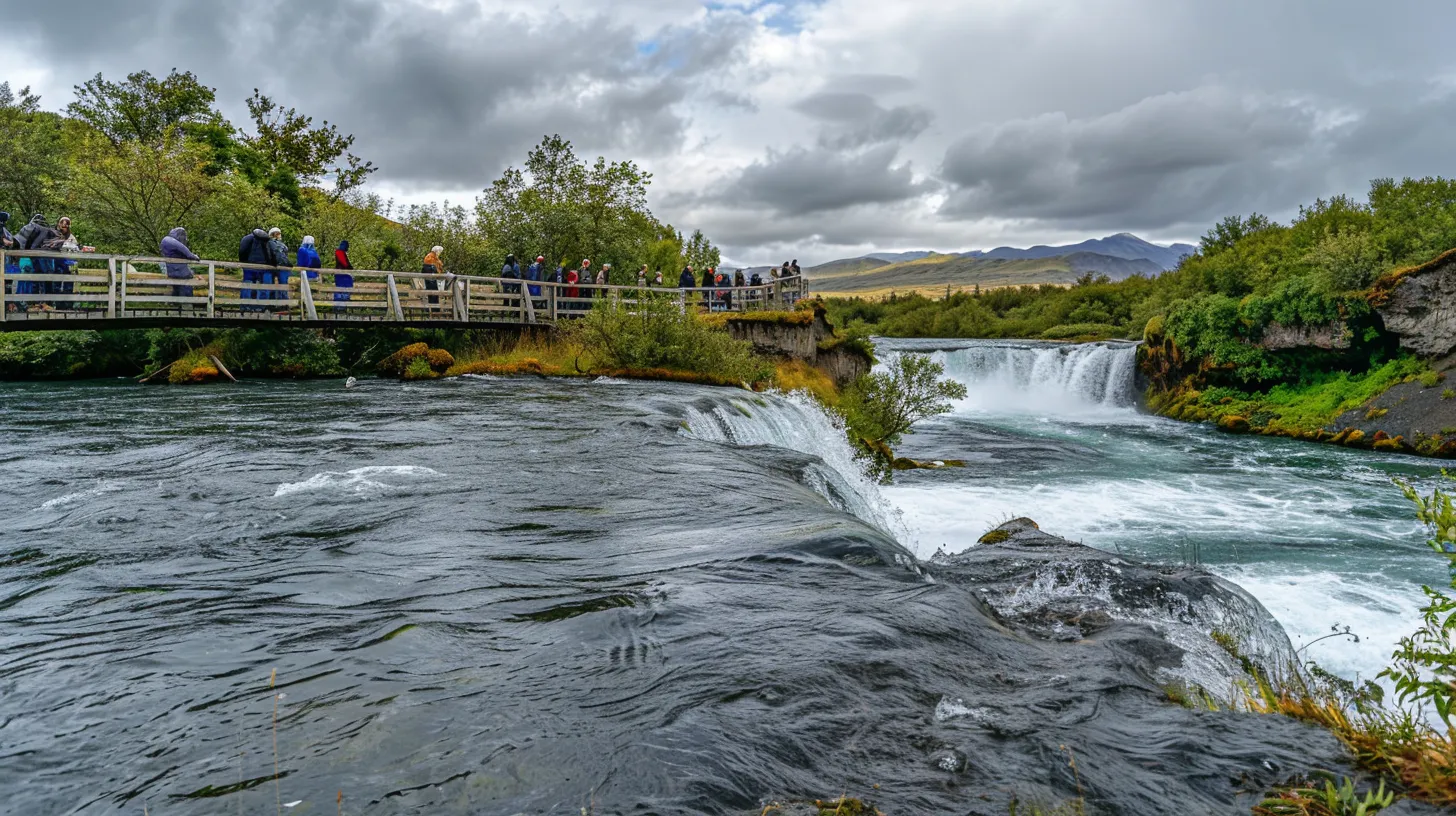
Top parks and preserves in Alaska serve as prime locations for bear sightings at various times throughout the year. Key platforms and areas, such as Brooks Falls and Katmai National Park, provide exceptional viewing opportunities. Additionally, guided tours, accompanied by expert timing, enhance the likelihood of successful encounters with these magnificent creatures in their natural habitats.
Top Parks and Preserves for Sightings
Alaska’s top parks and preserves, such as Katmai National Park and Lake Clark National Park, offer unparalleled opportunities for bear viewing throughout the year. These areas attract a significant number of grizzly and brown bears, particularly during the salmon runs, making them prime locations for those seeking to witness bear activity up close. Access to these parks is often facilitated by guided tours, which provide invaluable insights into bear behavior and enhance the overall experience for wildlife enthusiasts.
Best Viewing Platforms and Areas
In Alaska, the best viewing platforms and areas for bear sightings are strategically located within national parks and wildlife preserves. Locations such as Katmai National Park and Brooks Falls provide exceptional vantage points for observing grizzly and brown bears during peak feeding times, particularly during the salmon run. Visitors can enhance their bear-watching experience by participating in guided tours that offer deeper insights into bear behavior and optimal viewing strategies:
- Katmai National Park: Ideal during summer months for salmon fishing.
- Brooks Falls: Known for high concentrations of bears during feeding periods.
- Lake Clark National Park: Offers scenic beauty and ample bear activity in the fall.
Guided Tours and Their Timings
Guided tours in Alaska provide structured opportunities for bear viewing, aligning with the seasonal calendar to maximize sighting chances. Tour operators often schedule excursions during peak months, such as June and July, when bear activity peaks near fishing spots like Katmai National Park. By participating in these tours, visitors can benefit from expert knowledge and insights, as guides are well-versed in bear behavior and optimal viewing strategies, ensuring a rewarding experience while observing these remarkable creatures in their natural habitat.
Seeing bears in their natural habitat is a thrill, but close encounters require caution. Knowing how to stay safe will allow one to fully enjoy the experience without fear.
Safety Guidelines for Bear Viewing

Understanding bear behavior is essential for anyone engaging in bear viewing activities in Alaska. Visitors should be aware of essential safety measures to minimize risks while observing these majestic animals. It is equally important to know what to do during a bear encounter, ensuring both personal safety and respect for wildlife. This transition into detailed insights will provide practical guidance for a safe and rewarding bear-viewing experience.
Understanding Bear Behavior
Understanding bear behavior is crucial for safe wildlife viewing in Alaska. Observers should recognize that bears exhibit specific patterns influenced by seasons, food availability, and environmental factors. For instance, during feeding times, bears tend to be more focused on foraging, allowing watchers to maintain a respectful distance while enjoying the spectacle of nature in locations such as Katmai National Park. Awareness of these behaviors ensures that both visitors and bears can coexist safely in shared habitats.
Essential Safety Measures
To ensure safety during bear viewing in Alaska, it is imperative for observers to maintain a respectful distance from the bears, ideally remaining at least 100 yards away. This not only protects visitors but also minimizes stress for the animals, allowing them to continue their natural behaviors. It is advisable for viewers to stay in groups and follow established pathways while using binoculars or telephoto lenses for closer observation, enhancing the experience without intruding on the wildlife‘s space.
What to Do During a Bear Encounter
During a bear encounter, it is crucial to remain calm and take specific actions to ensure safety for both the observer and the bear. Visitors should avoid direct eye contact, back away slowly without making sudden movements, and refrain from running, as this could trigger the bear’s instinct to chase. It’s advisable to make noise by speaking calmly to signal the bear that you are a human and not a threat, helping to de-escalate the situation:
- Remain calm and avoid sudden movements.
- Back away slowly without turning your back on the bear.
- Make noise to signal your presence and de-escalate tensions.
Observing bears can be awe-inspiring, but preparation shapes the experience. The next steps will turn a simple viewing into a lasting memory.
Tips for a Memorable Bear Viewing Experience
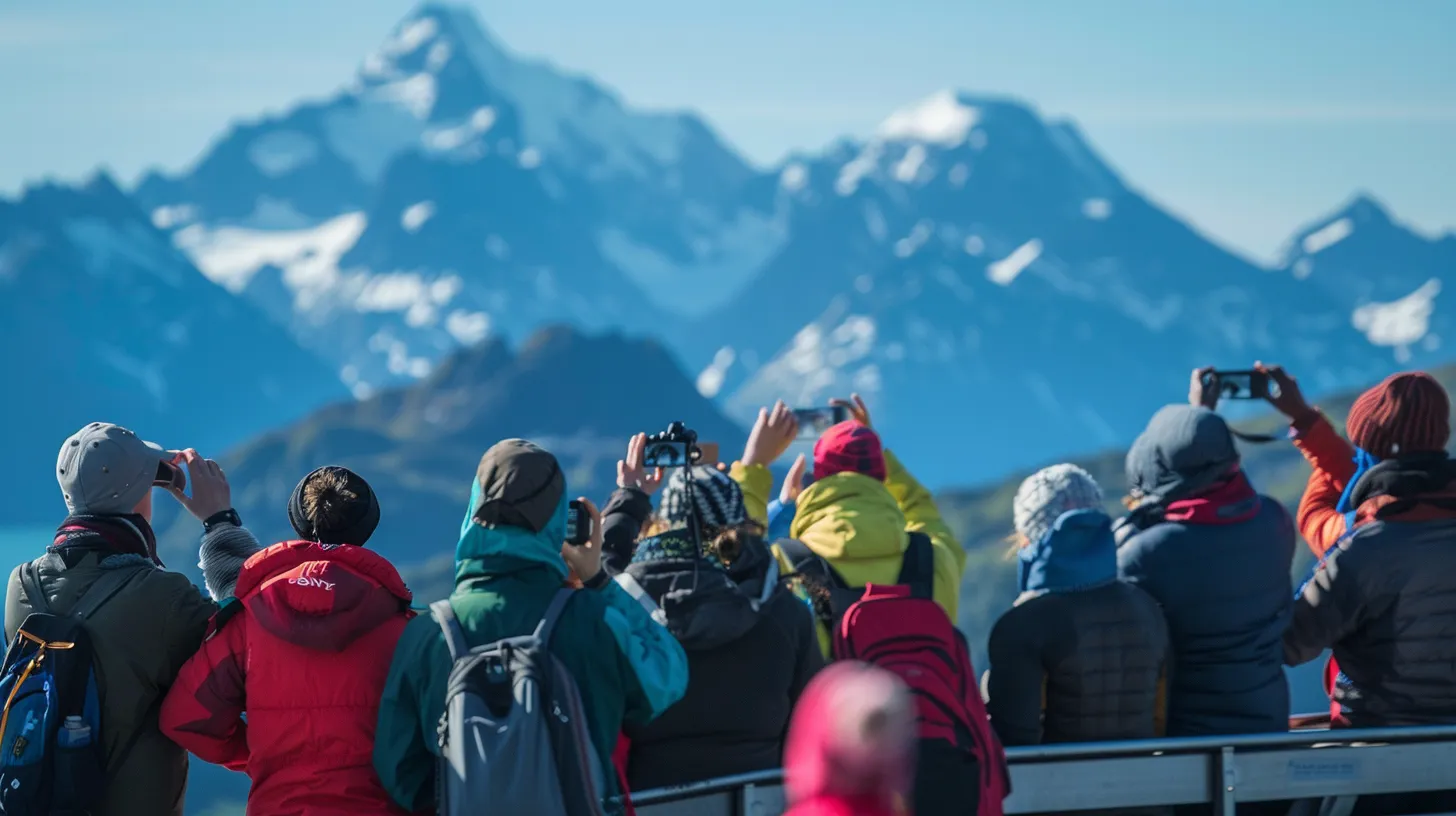
For an exceptional bear viewing experience in Alaska, visitors should focus on three essential elements. First, knowing what to bring, including appropriate gear and supplies, can enhance comfort and safety. Second, mastering photography tips will ensure memorable captures of these magnificent creatures. Finally, effectively planning travel around the bear viewing calendar maximizes opportunities for optimal sightings, leading to a rewarding adventure.
What to Bring for Your Adventure
When preparing for an Alaska bear viewing adventure, it is essential to pack for varying weather conditions and to ensure comfort during outings. Visitors should consider bringing layered clothing to adapt to temperature changes, sturdy footwear for rugged terrain, and binoculars for optimal wildlife observation. Additionally, carrying a camera with a telephoto lens will help capture the breathtaking moments while respecting the bears’ space, ensuring an enriching experience that highlights Alaska’s unique wildlife.
Photography Tips for Capturing Bears
When capturing images of bears in Alaska, photographers should prioritize equipment that allows for long-distance observation, such as cameras with telephoto lenses. The ideal settings for wildlife photography combine adequate lighting and a fast shutter speed to freeze motion during dynamic moments, particularly when bears are fishing. Understanding bear behavior can further enhance the experience; knowing peak feeding times will help ensure photographers are in the right place at the right time to seize stunning photographs:
Planning Your Trip Around the Calendar
When planning a trip around the Alaska bear viewing calendar, timing is paramount for maximizing sightings. Enthusiasts should aim to visit during peak months such as June and July, when bears are most active, especially near salmon runs in prime locations like Katmai National Park. Utilizing local resources, such as weather forecasts and seasonal guides, can enhance trip effectiveness by ensuring that visitors experience the best conditions for observing bears in their natural environment.
Conclusion
The Alaska Bear Viewing Calendar serves as an essential tool for maximizing wildlife encounters, allowing enthusiasts to plan visits during peak activity periods. Understanding bear behavior throughout the seasons, particularly during the salmon runs, enhances the likelihood of witnessing these magnificent creatures in their natural habitats. Key locations like Katmai and Lake Clark National Parks offer exceptional viewing opportunities, making strategic planning crucial. By aligning travel plans with this calendar, visitors can ensure memorable and rewarding experiences while prioritizing safety and respect for wildlife.

